Stargazing is a fun, educational, and even meditative activity that can be enjoyed by people of all ages. Summer’s warm weather makes it an appealing time to get out and catch a falling star (or 12), and winter’s long nights and drier air make for excellent opportunities to see the wonders of the galaxy. So here are a few things we highly recommend for helping you to get the most out of your stargazing adventure!
1. Dark Skies
Makes sense, no? You just can’t do any proper stargazing in most cities thanks to light pollution (Flagstaff, AZ, being a notable exception). That means getting away from population centers and out into the countryside. Thankfully, tools like Light Pollution Map can help you find the closest (and darkest) patch of darkness in your area.
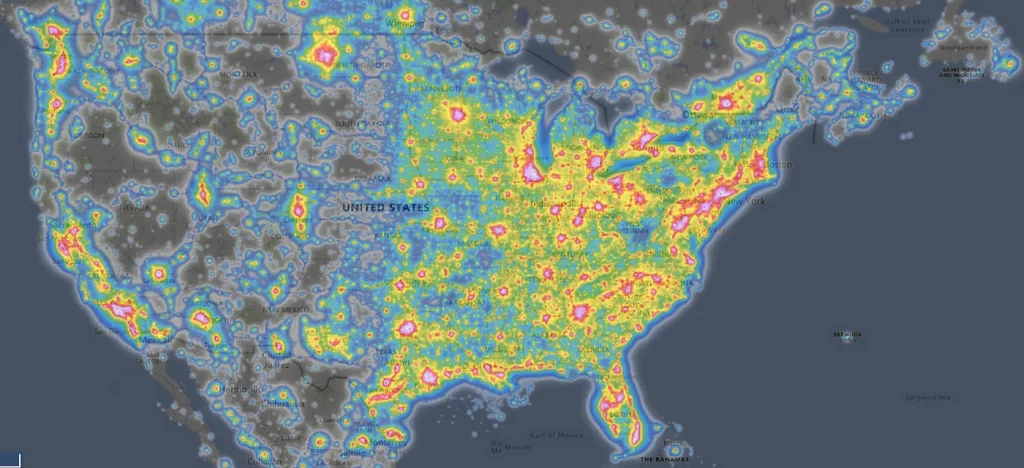
Where To Go
National, state, and county parks can offer a respite from the city glow, as can secluded beaches, large lakes, and mountaintops. Just be sure your preferred spot is accessible at night; most parks will let you post up for stargazing if you contact them in advance and you’ve filed any necessary paperwork.
When To Go
Of course, it only gets dark after the sun sets and it doesn’t start to get REALLY dark until after Nautical Twilight. So, Time And Date is here to help you figure out what time is really optimal to head out to your patch of dark sky. As a bonus, you can even see what phase the moon is in.
Pro tip: Stars are much harder to see when the moon is full.
Of course, dark skies are only worthwhile if you have
2. Good Weather
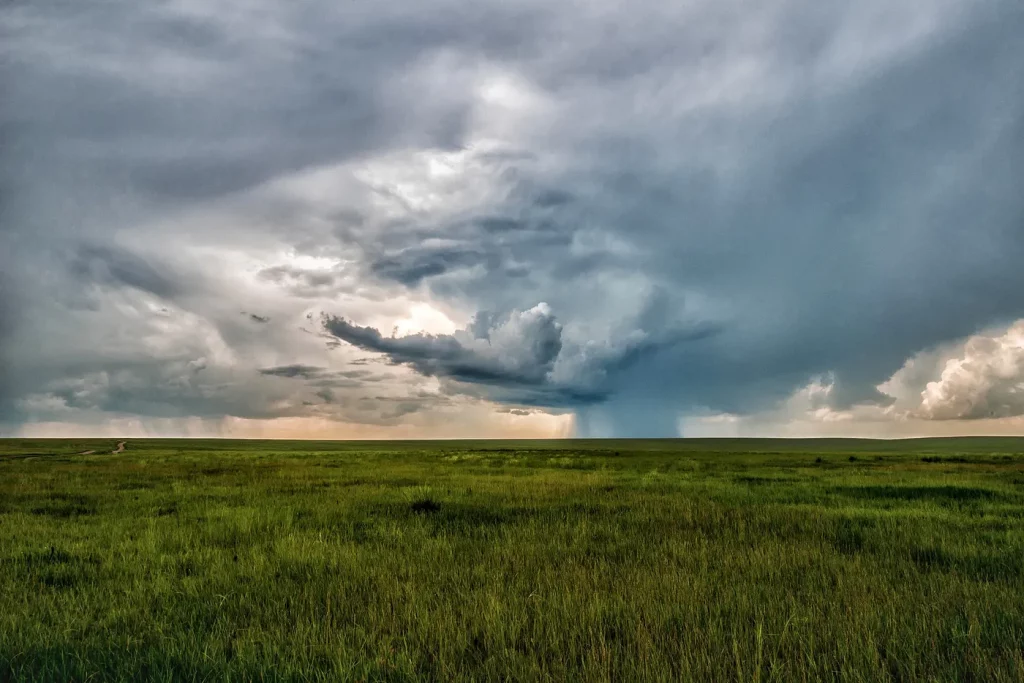
There’s nothing worse than scoping out the perfect spot only to have clouds and rain ruin your excursion. Look for clear to partly cloudy skies (no more than 20–25% sky cover) and low humidity to ensure good viewing conditions. A still wind is important if you’re using a telescope or taking night sky photos (tripods work best when they’re not getting blown around), and remember: There’s no such thing as inclement weather. Only inclement clothing.
Forecasting
With forecasts that go out 6–7 days, the National Weather Service’s site is a good place for folks in the US to check the forecast and find clear evenings. They also have plenty of satellite imagery there to make sure there aren’t any clouds around when your selected night rolls around.
For both US and international forecasting, Weather.com and the World Weather Information Service provide informative, short-term forecasts.
And remember, it’s not just Earth’s weather that can affect your viewing quality. So can
3. Space Weather
Remember, stars aren’t the only things the night sky has to offer. Meteor showers, such as the Perseids, can put on a dazzling show as well. Check out the American Meteor Society to see if there are any happening on your preferred stargazing night.
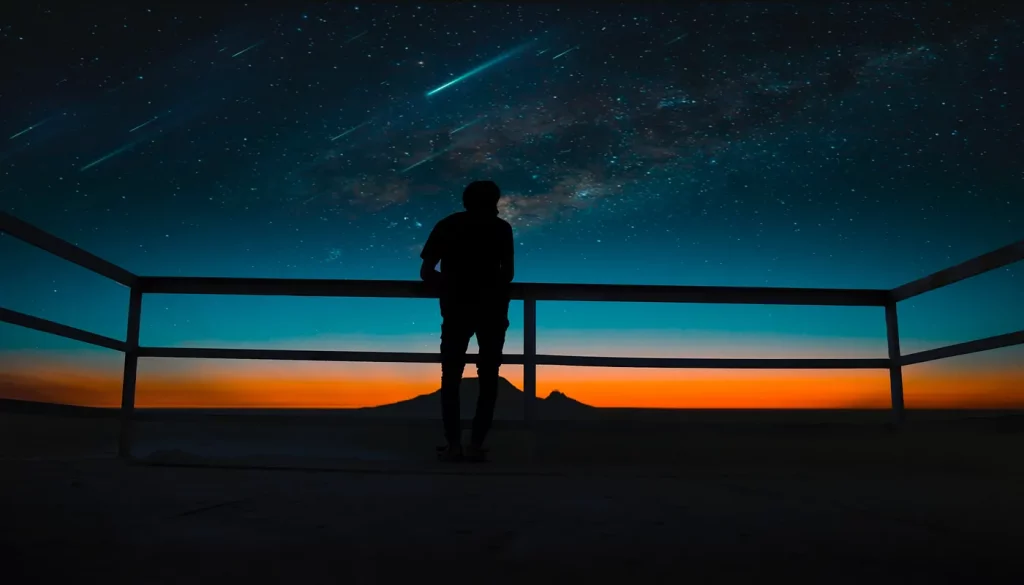
Aurora
Our closest star — the Sun — can affect what you see in the night sky in a good way, too! Sites like SpaceWeather.com can let you know if you might be in for that rare and heavenly treat — the aurora, also known as the Northern and Southern Lights!
For those of us in the northern hemisphere, seeing the aurora borealis (Northern Lights) usually requires viewers to be pretty far north, though big solar storms have been known to send these colorful waves as far south as Florida. Just remember, you won’t be able to get the full effect under the city lights.
The same is true for those of us south of the equator. The aurora australis (Southern Lights) are more easily spotted the further south you trek, though getting away from light pollution in New Zealand, Australia, Argentina, and Chile is decidedly easier. Check out this article from The Smithsonian for a handful of their primo suggested viewing locations.
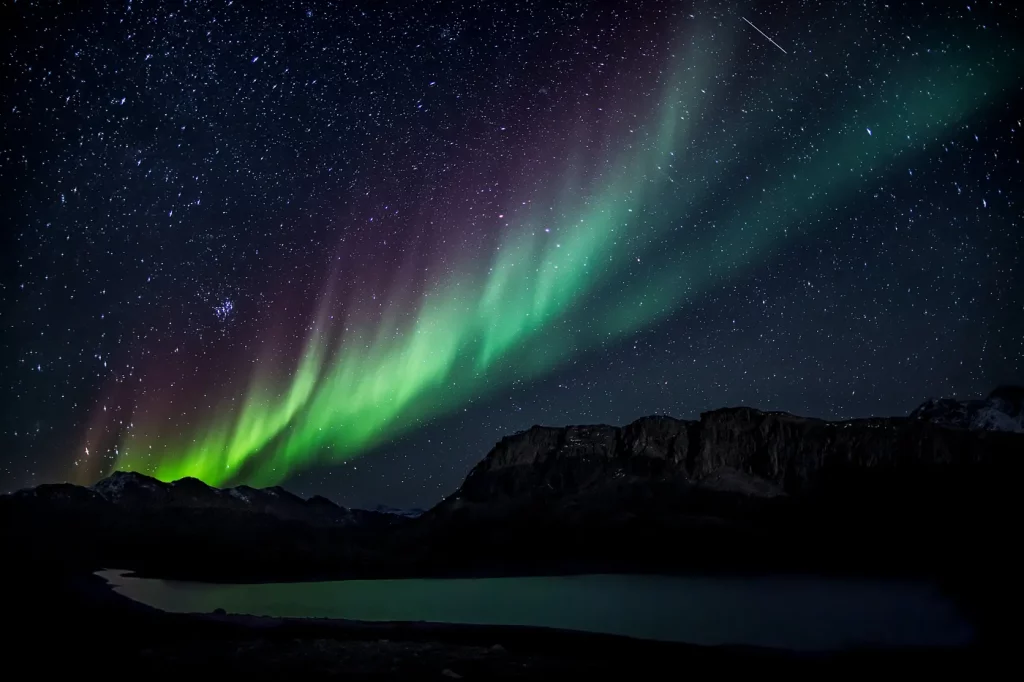
Satellites
And, in case you see something that’s clearly NOT a meteor streaking across the sky, you can always check the Starlink website to figure out if it might be a series of internet delivery satellites.
Now that you’ve scoped everything out, you’re going to want to
4. Pack the Right Gear
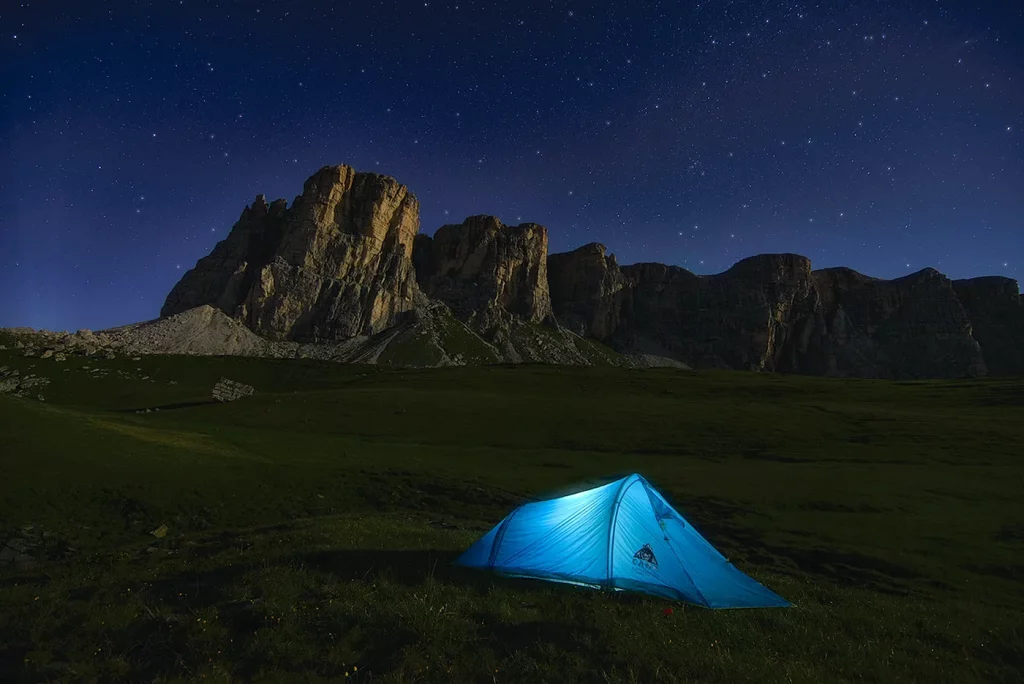
Stargazing is best done lying down, so you may want a picnic blanket or stargazing chair, that is, unless you don’t mind grass stains and dew, of course.
It should be really dark, so, to find a spot to spread out, grab a flashlight and make sure it has a red filter. The filter is key to helping you preserve your night vision, which takes about 20 minutes to adjust.
If you’re planning on doing a little astrophotography, a nice, sturdy tripod is a necessity for those long exposures to turn out, and if you prefer to avoid shopping at Amazon, we highly recommend B&H as an alternative for all your photography needs. Additionally, if like us, you’re new to astrophotography, pop over to Space.com for their beginners guide.
Bug spray will help keep the biters away will make your night more enjoyable, as well as possibly prevent some potentially nasty diseases. Avoid bug-repellent candles, however, as even the light from a small flame can impact your night sky viewing.
There are also a few items that, while not absolutely necessary, can help enhance your stargazing adventure. A telescope — or decent binoculars in a pinch — will let you zoom in on planets and the moon, but you can certainly appreciate sites like the Milky Way without the aid of a telescope, and, if you’re hunting meteors, telescopes mostly just get in the way.
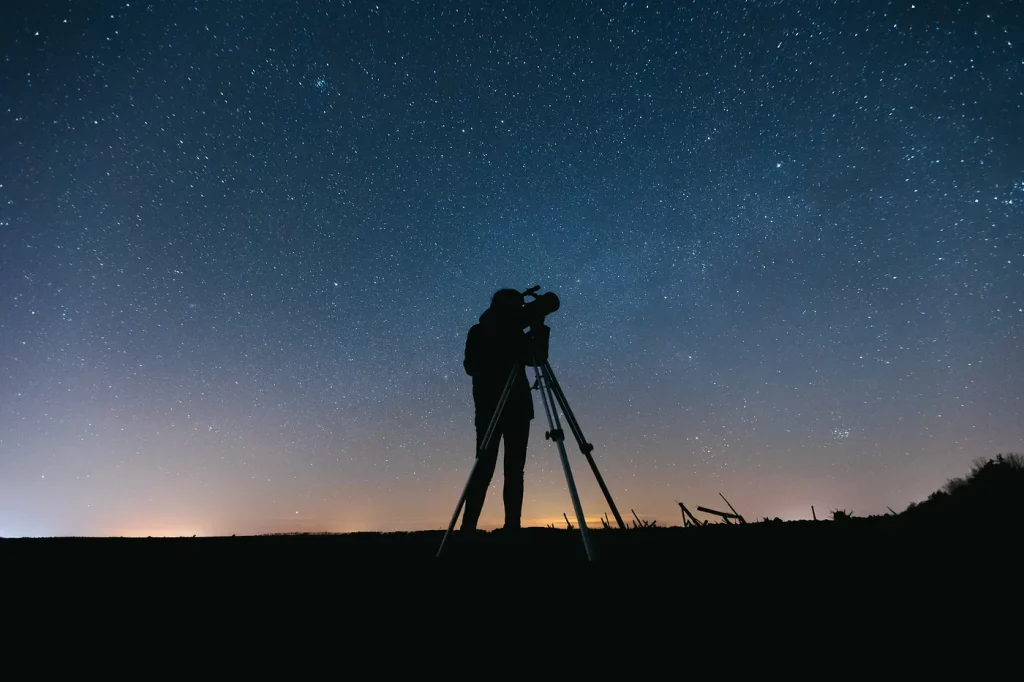
If you’re curious about exactly what you’re looking at, downloading a sky chart app like Stellarium (Android & Apple) or Night Sky App (Apple only) to your device can tell you about the stars and constellations you’re peering at. That said, buying a star chart like the Celestron Sky Map is a good idea if you’re getting WAY out of town and are concerned about network coverage. Pro tip: Most National Parks have star charts and other night sky items for sale at the gift shop.
And finally, for added ambiance, consider a radio or a bluetooth speaker. The sound can be good for putting you in a stargazing mood, but it can also help keep wild animals away from your viewing area.
Hopefully, you’ll get some good use out of these tips and tricks. We’re always looking out for ways to make adventures more adventurous, so if you’ve got any of your own you’d like to share, or just want to let us know your thoughts on this article, ping us at info@tripbee.com with the subject “Stargazing Tips”!

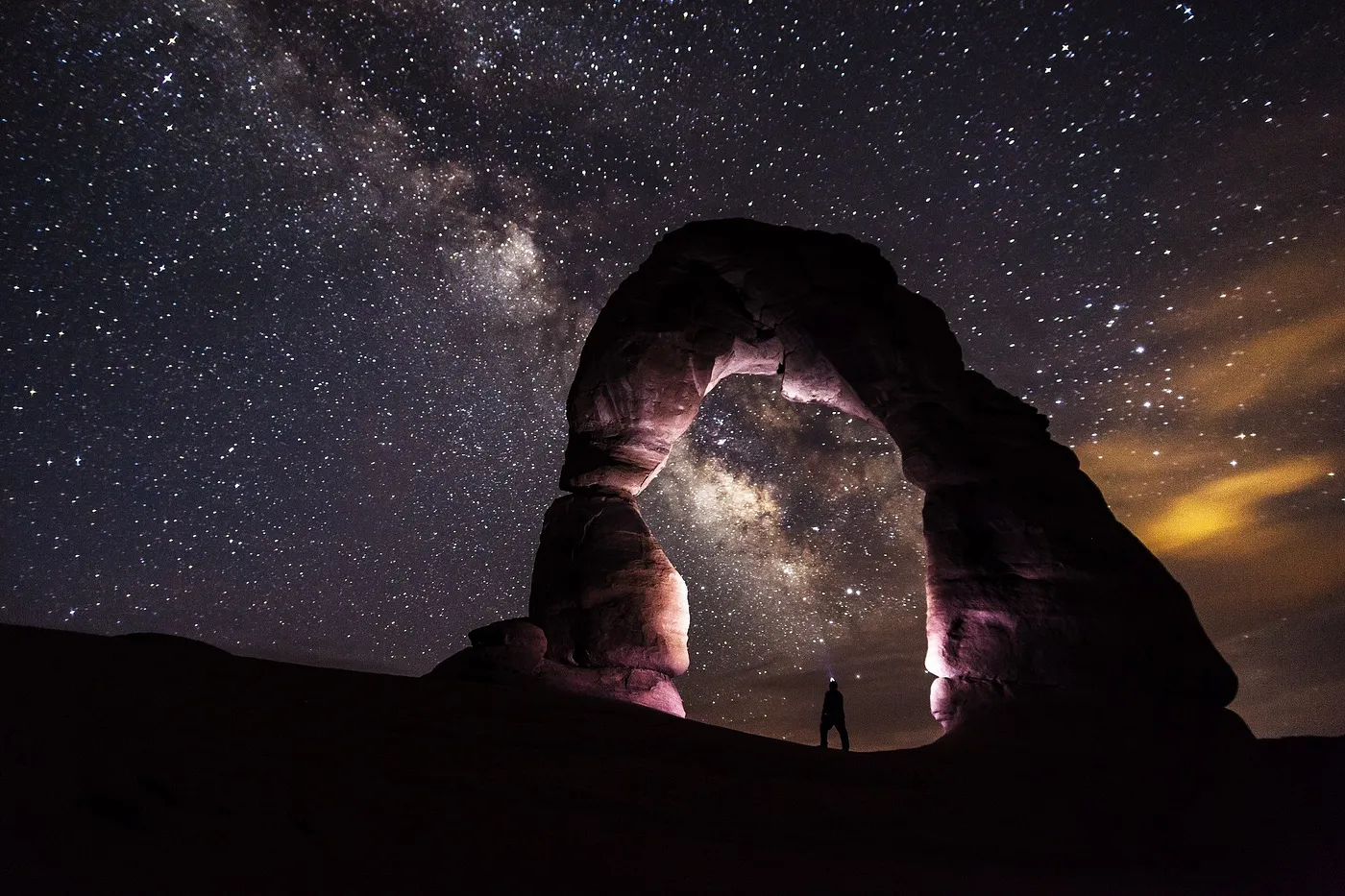
No responses yet